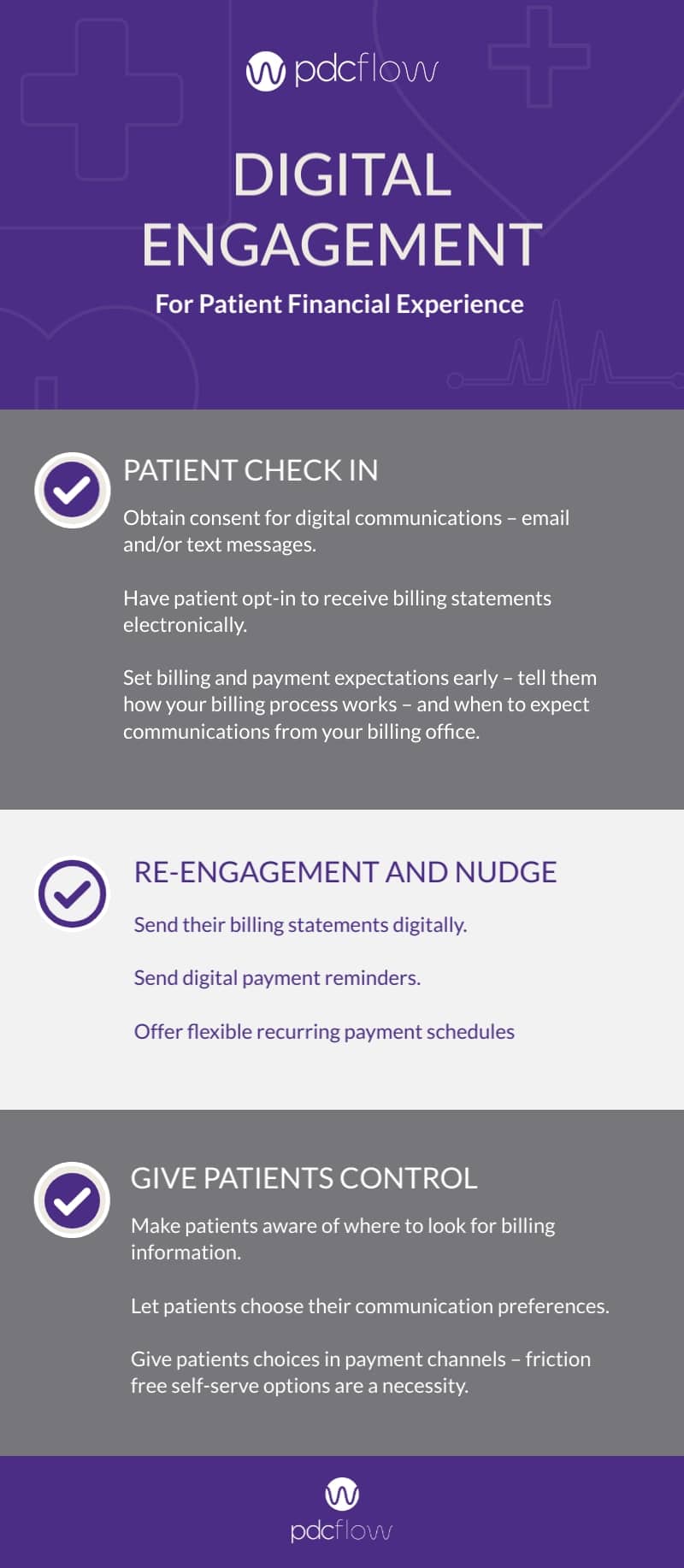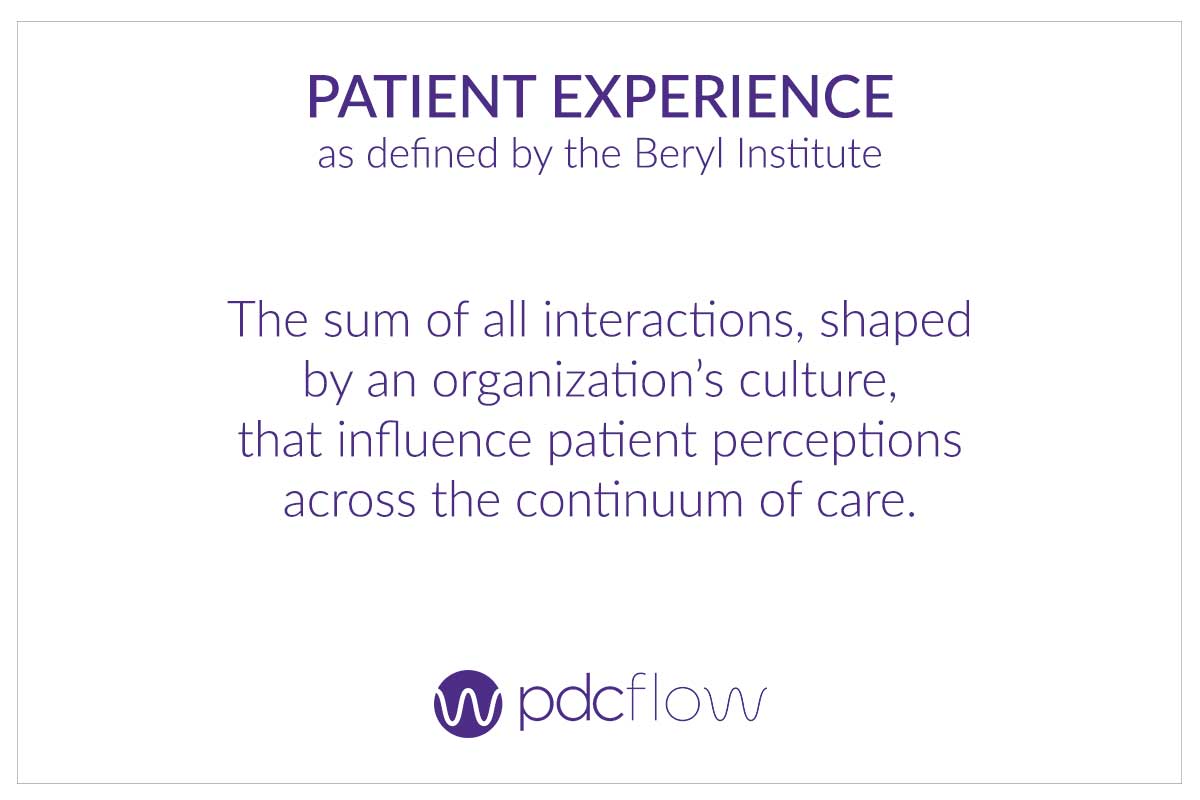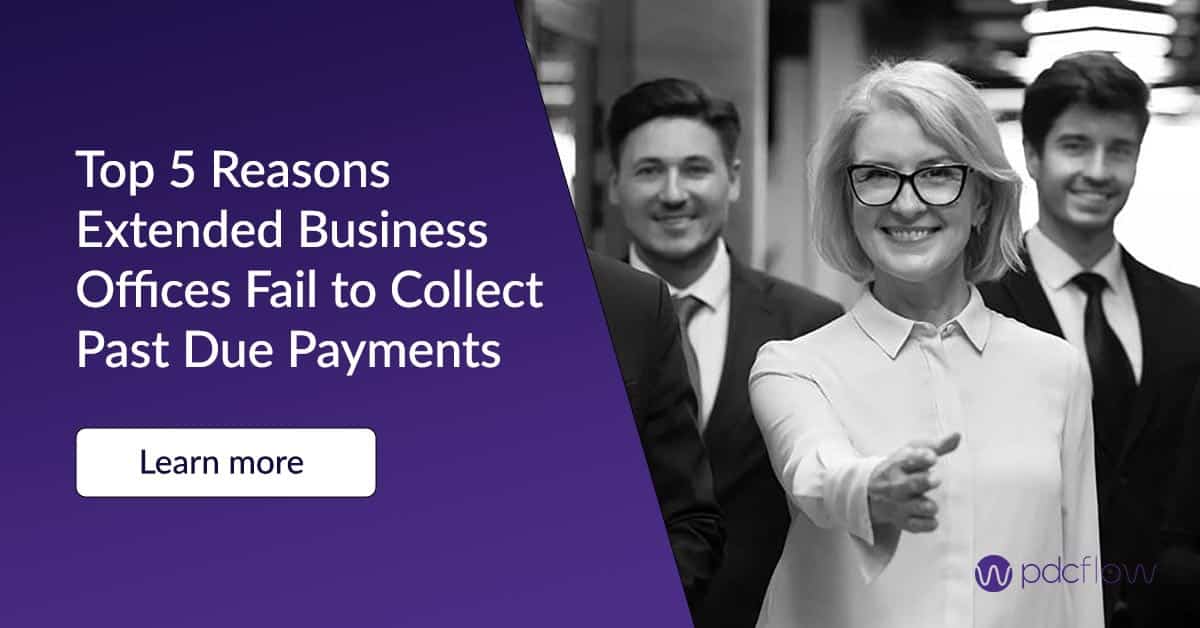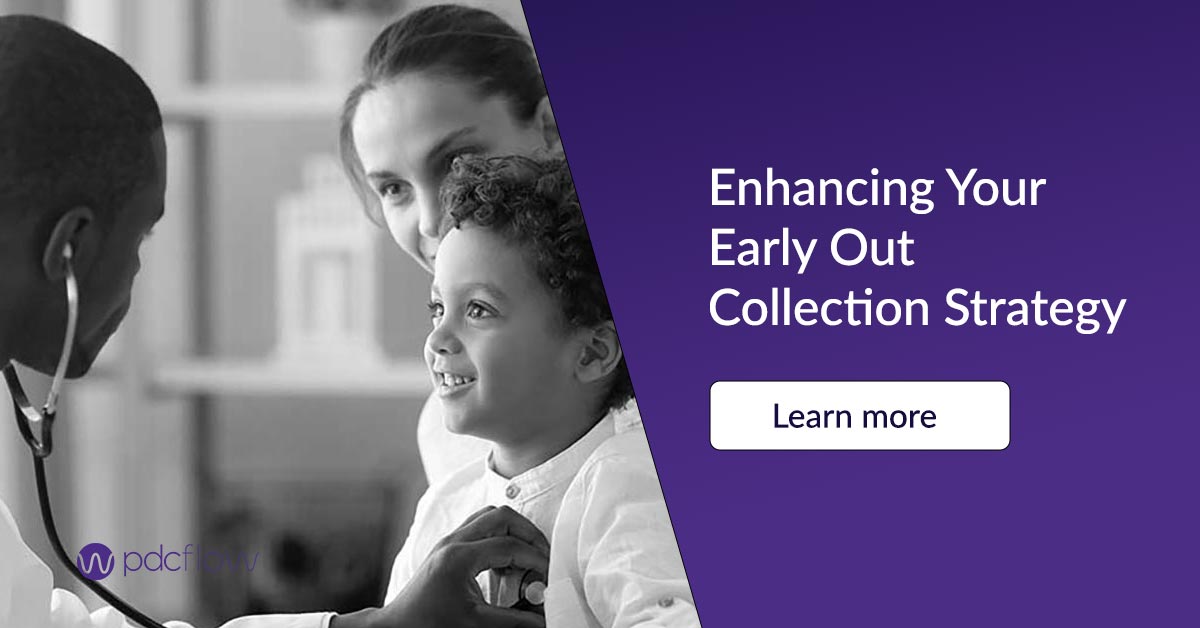In the past, patient satisfaction centered mainly on care received during a visit. Check-in experience and billing and payment issues weren’t considered.
Now, healthcare systems and hospitals are putting more focus on improving the entire patient experience throughout their customer journey – including their financial experience.
For the extended business office or medical billing staff who collects on patient payments, how does the patient experience in healthcare fit into your daily workflow?
What do you need to consider when choosing digital tools to engage and collect from patients?
What is Patient Experience and Why is it Important?
Customer loyalty is created through positive interactions. The experience consumers have while buying a product in a brick-and-mortar store or online shop is essential to positive reviews and brand loyalty. The same is true for patients receiving healthcare services.
Patients often have many choices for medical services. If someone is dissatisfied with their experience at a healthcare facility (whether related to their care or not) the patient will go elsewhere in the future and possibly leave negative reviews online.
A misunderstanding about a bill or a confusing, unintuitive payment system can be the difference between repeat patients and losing business. This is why healthcare clients rely on EBOs or medical billing companies to manage medical billing, payment collection and other administrative services.
Outsourcing to an extended business office ensures they can focus on what they do best – providing medical services to patients.
Understanding the Patient Journey
Your medical billing staff doesn’t encounter patients until nearly the end of their medical care journey. Because of this, it’s sometimes easy to overlook the process they have been through before speaking to accounts receivable agents.
A fuller understanding of what patients have been through, their expectations for digital features during payment, and effective ways to keep them involved in their financial responsibility help staff improve interactions and elevate the overall patient experience for clients.
PAIN POINTS IN THE PATIENT BILLING JOURNEY
The way healthcare facilities operate is not the same way they worked even a decade ago. High-deductible healthcare plans are forcing patients to be involved in the revenue cycle much longer and more extensively than in the past.
Along with this, patients are responsible for more of their own medical costs, and may not have a complete understanding of what is or isn’t covered by insurance.
Many also don’t understand the concept of an extended business office.
Because of this, your EBO should:
- Operate as a seamless extension of your client’s office.
- Practice empathetic communication during payment collections. People who have undergone medical procedures may be under physical and financial stress at the time of payment. Train collectors to be respectful of the difficulties patients may be experiencing.
- Provide clear communication to patients about what portion of their service they are financially responsible to pay.
- Train your agents in financial aid counseling and early intervention practices. If a patient can’t afford their bill or needs to set up a recurring payment schedule, agents should be able to identify those scenarios early, before bills become seriously overdue.
Improving the Patient Experience in Medical Billing
One of the best ways to improve the patient experience is by identifying how patients want to interact with you and offering them what they want. Retail and other businesses have set the bar for how consumers and companies interact.
Learn from the digital tools they offer, while identifying the specific needs a patient may have while resolving medical bills. This will help you decide what is most valuable for your EBO or medical billing company.
DIGITAL PATIENT ENGAGEMENT (AND RE-ENGAGEMENT)
Due to the pandemic, patients and facilities looked for ways to interact without always being face-to-face. With the way our world now operates, digital options are more than a safety precaution – they’re an adaptation to modern life, and they’re here to stay.
Sure, it’s safer to pay a bill online rather than stopping by the doctor’s office. It’s also infinitely more convenient (for patients and AR staff). Thankfully, there are many digital areas where you can engage consumers in the payment process or re-engage those who have fallen out of contact.
Areas of Patient Engagement in the Billing Process
Patients can initially be engaged in the payment process as early as visit check-in. Work with your healthcare clients to find out if or when they gain consent for such things as:
- Emails
- Text messages
- Electronic vs. paper billing
Whenever possible, you and your healthcare clients should work together to set billing and payment expectations early. Collecting communication consents, telling them how and where they will be billed, and providing resources for financial aid and payment schedules can all help to engage patients when it’s time to pay.
Re-engagement and Retaining Patients
Medical payment services can sometimes be a long process. Insurance approvals may take time to come through, billing cycles can be long, and other life events may cause patients to put off payment.
Digital tools can be a great way to re-engage patients in their bill or nudge them towards payment before delinquency.
- Electronic document delivery - If a patient can’t remember what service they’re being charged for, or has questions about their bill, they may want documentation before they agree to pay. Electronic document delivery keeps the conversation going by sending documents through email or text rather than mailing a statement and hoping to continue the conversation after it is received.
- Payment reminders - Patients with high balances often need long payment schedules to manage what they owe. Scheduled payments can end up failing if a credit card expires, or a patient doesn't have enough funds when the payment is withdrawn. Automatic payment reminders can prompt patients to update payment information or call in and ask for payment deferrals to avoid failed payments.
- Flexible recurring schedules - Pay periods can be anywhere from bi-monthly, bi-weekly to weekly. Payment plans should have the same variability. Patients who can choose a payment plan that coincides with payday are more likely to make all payments on time, without any interruption or likelihood of returned payments due to insufficient funds.

Leveraging Digital Billing Tools
You are of higher value to clients, and are more likely to win future business if your office uses digital tools that speed up the revenue cycle and increase the amount you collect.
What digital offerings do revenue cycle managers and healthcare providers want from their outsourcing vendors?
What should your billing service look for to make office workflows easier for front line agents and backend staff?
Customizable, Flexible Options
Your payment communication software needs to be customizable and flexible in order to meet the needs of specific providers. Some workflows may be simple but you need a system that can adapt and offer complexity when needed. For example, some patients may only require a payment request sent to text or email. However, other situations may require electronic document delivery or photo uploads, an eSignature, and payment requests all at the same time. One system should be able to handle any combination of these actions in one workflow.
Different departments may also have different requirements or levels of permission. Look for a system that allows you to segment access to functionality by departments, groups, or even physical locations.
Flexible recurring payments are also essential to healthcare organizations. The module you use should be easily modified to accommodate change in financial circumstances, insurance adjustments or other reasons a patient may need to change how they pay.
Offer Patient Control
Putting patients in control of their financial responsibility is the best way to increase payments. When they know where to look for information and receive it where it’s most convenient, they will become more engaged in their financial experience.
- Patients should be able to choose their communication preferences including email and text. Track and update these preferences regularly to provide the highest level of patient satisfaction.
- Give patients choices: payment channels and flexible recurring payment schedules improve the payment experience. For those who want to access a portal, options for quick pay without a username and password as well as a secure account with more detailed information should both be possible.
- Consider demographics in the digital experiences you offer. Are your offerings simple to adopt for the least tech savvy patients? Are there convenient options for those who work during office hours and need to self-serve?
Provide Frictionless Payments
Friction is anything that may slow down or stop a patient from paying. Many consumers will abandon a payment if there are too many steps involved, or navigation is too complex. If this happens with a medical bill, consumers may forget about their obligation for weeks – or even months.
Websites should be easy to navigate. Payment buttons should be easy for patients to find and the steps to make a payment should be minimal and intuitive. Patients should also be able to opt for email and text payments “pushed” to them, rather than having to take action.

Choosing the Right Digital Payment Vendor
Your digital payment vendor should be willing to listen to your needs and help you offer the best solutions and workflows for your office, your clients and their patients.
Vendors should understand that there isn’t one solution that will solve every patient pain point. They should be knowledgeable about the business you run, and offer a variety of features to help you engage each unique situation.
Your vendor should also provide ways to integrate your payment tools with the other products you use for your business, like EMR and ARM software. Your payment information should be able to communicate with these other tools and help you automate workflows as needed.
PDCflow has almost two decades of experience working with EBOs, medical billing companies, healthcare clients and other accounts receivable businesses, fine-tuning workflows to provide a better payment experience. We offer text and email communications, esignature solutions, flexible payment schedules, and payment portals – among other tools – that create a better way to pay.
Our open APIs allow our software to communicate with other systems so workflows, reporting and other features can all be accessed in one place.
Along with this, organizational hierarchy functionality allows administrators to open up or lock down access at many levels to make work easier, restrict access to information as needed, and reduce the likelihood of human error caused by access to unnecessary information.
For more information on the benefits of early out collections, how they are enhanced by an extended business office model, and how PDCflow’s Flow Technology can solve common payment failures, set up a demo with a PDCflow payment expert today.






